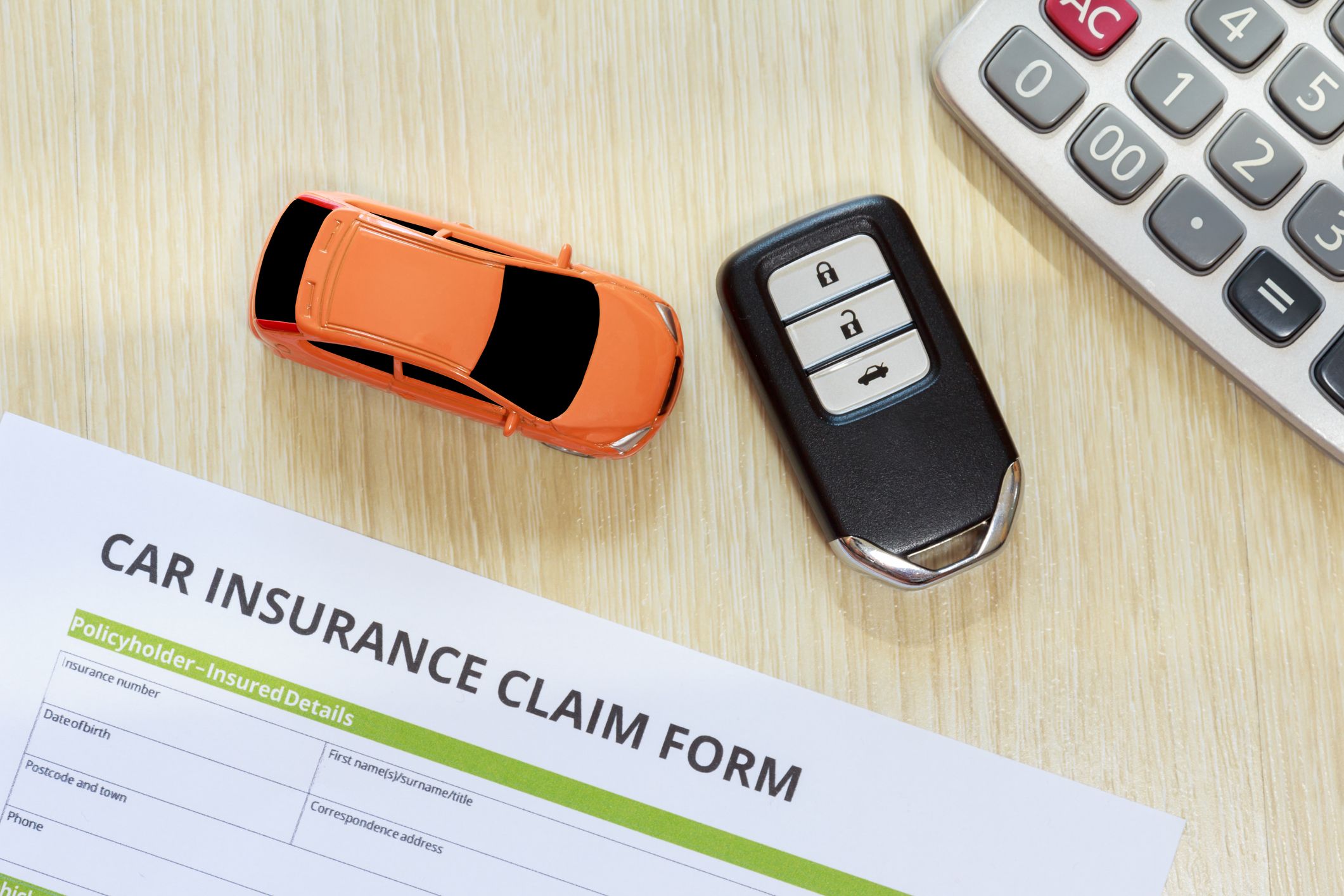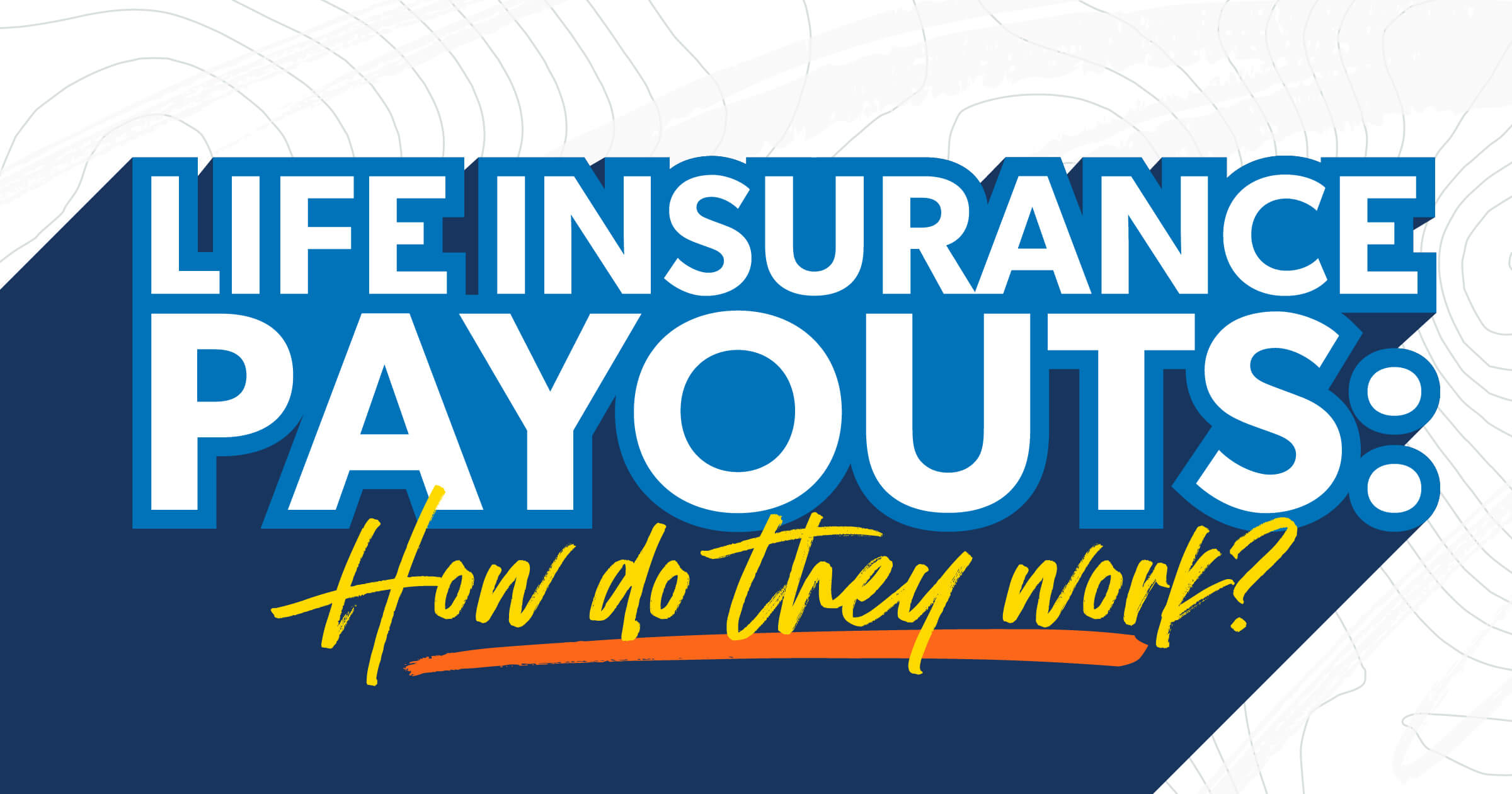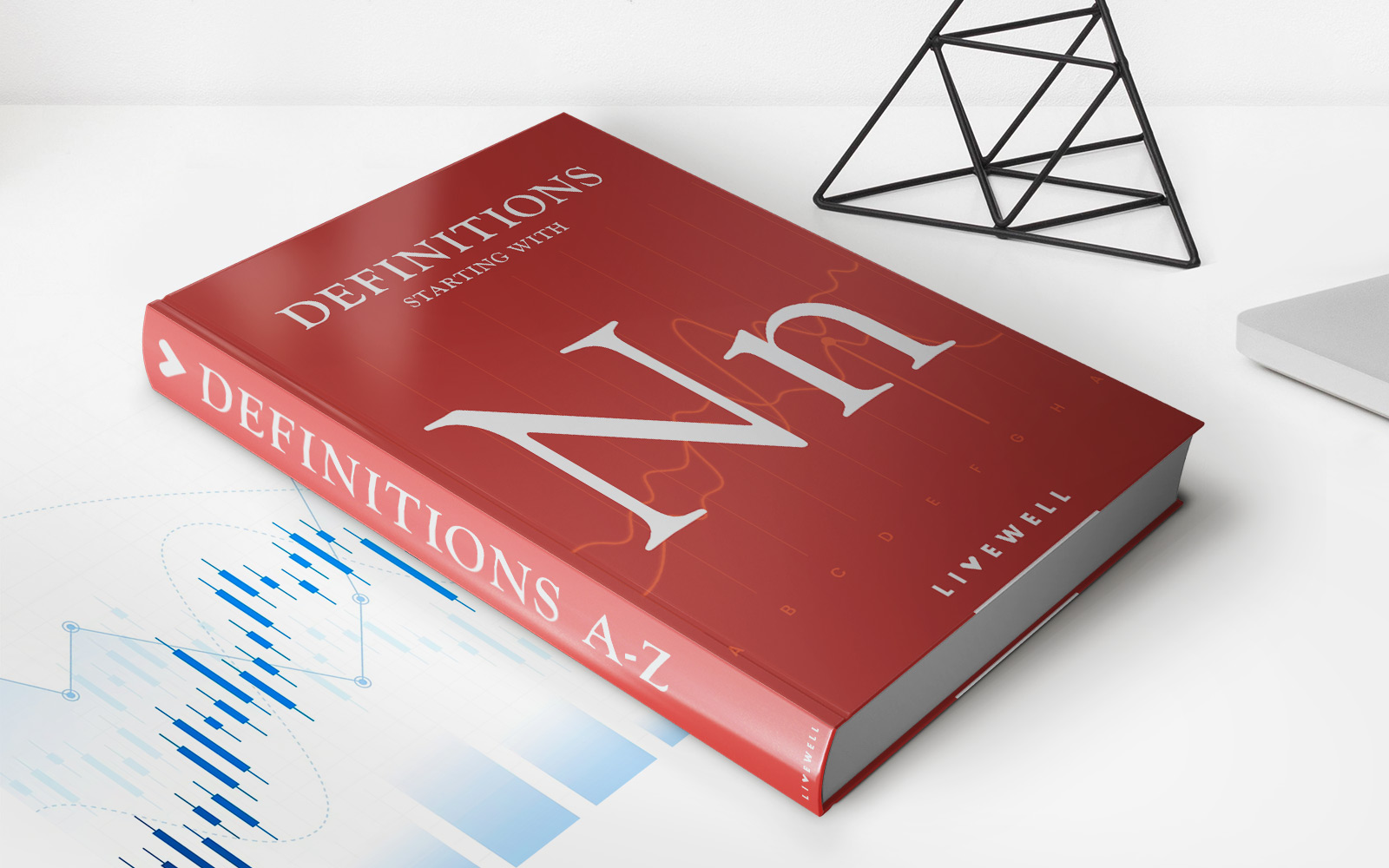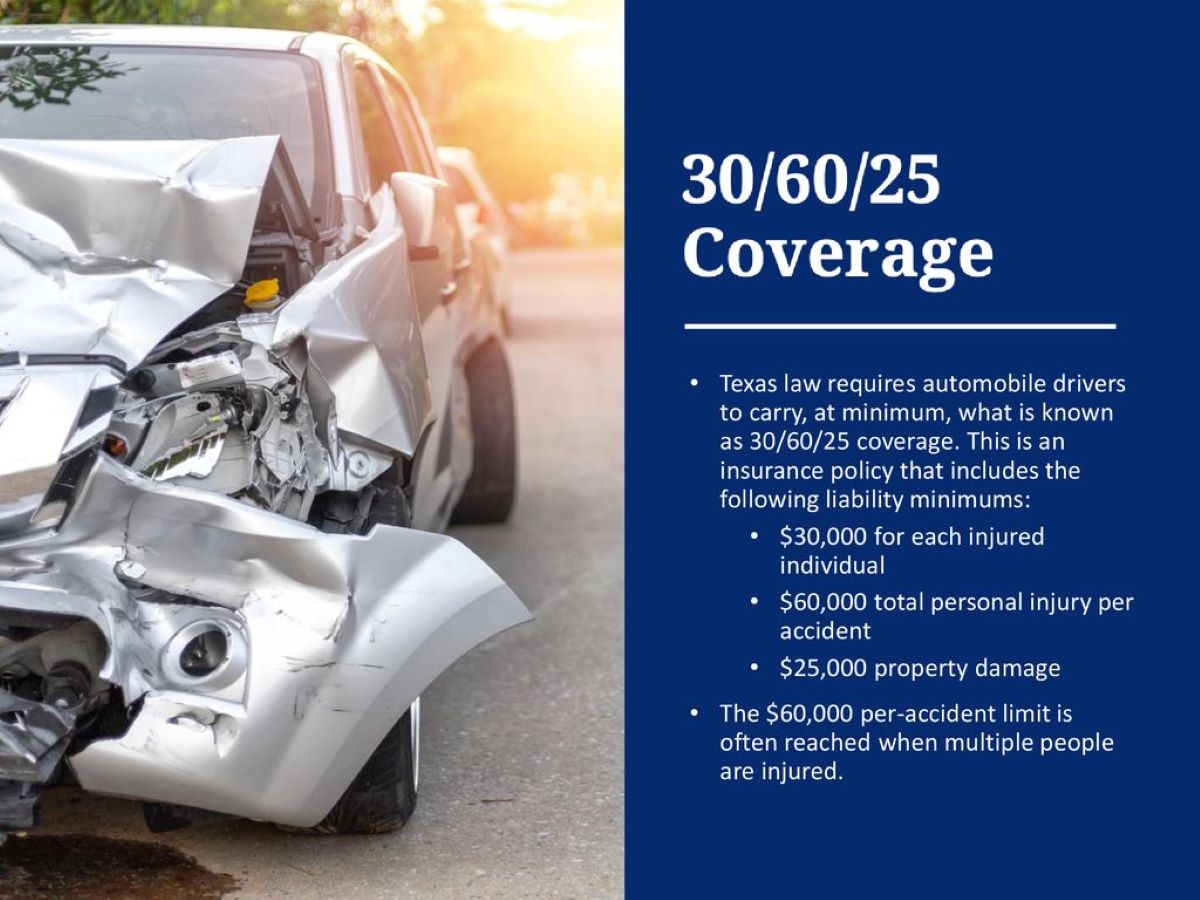

Finance
How Long Does It Take To Set Up Car Insurance
Published: November 13, 2023
Learn how long it takes to set up car insurance and get the coverage you need. Find out more about car insurance and finance options today.
(Many of the links in this article redirect to a specific reviewed product. Your purchase of these products through affiliate links helps to generate commission for LiveWell, at no extra cost. Learn more)
Table of Contents
Introduction
Car insurance is a crucial aspect of responsible vehicle ownership. It provides financial protection in the event of accidents, theft, or damage to your car. It is essential to have car insurance in place before hitting the road, as it is a legal requirement in most jurisdictions.
When it comes to setting up car insurance, many people wonder how long it will take to complete the process. The setup time can vary depending on several factors, such as the insurance provider, the type of coverage selected, and the complexity of your individual circumstances.
In this article, we will delve into the various factors that can impact the time it takes to set up car insurance. We will also outline the steps involved in the process, providing you with a comprehensive understanding of what to expect when applying for car insurance.
Whether you are a first-time car owner or are looking to switch insurance providers, understanding the timeline involved in setting up car insurance can help you plan accordingly and ensure that you have the necessary coverage in place when you need it most.
So, let’s explore the factors that can affect the setup time for car insurance and guide you through the process step-by-step.
Factors that Impact the Setup Time
Several factors can influence the time it takes to set up car insurance. It’s essential to be aware of these factors to have realistic expectations regarding the timeline. Here are some key factors that can impact the setup time:
1. Type of Coverage: The type of coverage you choose will play a significant role in the setup process. Basic liability coverage, which is typically the minimum legal requirement, can usually be set up relatively quickly. However, if you opt for comprehensive coverage or additional add-ons such as roadside assistance or rental car reimbursement, it may take more time to complete the setup due to additional documentation or evaluations required by the insurance provider.
2. Personal Circumstances: Your personal circumstances, including your driving history, credit score, and previous insurance claims, can impact the setup time. Individuals with a clean driving record and a good credit score may be able to set up insurance faster compared to those with a history of accidents or poor credit.
3. Insurance Provider: Different insurance providers have different processes and timelines for setting up car insurance. Some providers offer quick online applications and instant coverage, while others may require more time for manual underwriting and verification processes. It’s important to research different providers and their setup timelines before making a decision.
4. Documentation Requirements: The documentation required to set up car insurance can also impact the setup time. Common documents include your driver’s license, vehicle registration information, and proof of prior insurance. If you have any unique circumstances, such as a modified vehicle or a commercial driving license, additional documentation may be required, leading to a longer setup time.
5. State Regulations: Each state has different regulations and requirements when it comes to car insurance. Some states have stricter guidelines and may require additional information or certifications. It’s important to familiarize yourself with your state’s insurance requirements to ensure a smooth and efficient setup process.
Keep in mind that the setup time can vary significantly depending on these factors. It’s always a good idea to start the process well in advance to ensure that you have adequate coverage in place when you need it.
Gathering Necessary Information
Before you can set up car insurance, it is important to gather all the necessary information to ensure a smooth and efficient process. Here are some key pieces of information you will typically need:
1. Personal Information: You will need to provide personal information such as your full name, date of birth, address, and contact details. This information is essential for the insurance provider to identify you and communicate with you regarding your policy.
2. Driver’s License: You will need to provide a valid driver’s license. This helps the insurance provider verify that you are a licensed driver and determine your driving history, which can impact the cost of your premium. Make sure your driver’s license is up to date when applying for car insurance.
3. Vehicle Information: You will need to provide details about the vehicle you wish to insure, such as the make, model, year, and Vehicle Identification Number (VIN). This information helps the insurance provider assess the risk associated with insuring your vehicle.
4. Driving History: You will typically be asked to provide information about your driving history, including accidents, tickets, and any previous insurance claims. This information helps the insurance provider assess your risk profile and determine your premium.
5. Prior Insurance Information: If you have had car insurance in the past, you will need to provide details about your prior coverage, including the insurance company’s name and policy number. This information helps the new insurance provider verify your previous coverage and potentially offer discounts for maintaining continuous coverage.
6. Policy Start Date: You will need to specify the desired start date for your policy. Make sure to choose a start date that aligns with your needs, such as the date you plan to start driving your vehicle or the expiration date of your current insurance policy.
7. Additional Drivers: If there are other individuals who will be driving your vehicle, you may need to provide their information, including their names, dates of birth, and driver’s license numbers. This is important for determining additional driver coverage and assessing the overall risk.
By gathering all the necessary information before starting the application process, you can streamline the setup time and ensure that you have all the details at hand when speaking with insurance providers.
Policy Options and Coverage Selection
When setting up car insurance, you will have various policy options and coverage choices to consider. It is crucial to understand the different types of coverage available and select the options that best suit your needs and budget. Here are some key policy options and coverage types to consider:
1. Liability Coverage: Liability coverage is typically the minimum legal requirement for car insurance. It provides financial protection in case you cause damage or injuries to others in an accident. Liability coverage is usually split into two categories: bodily injury liability, which covers medical expenses and legal fees for others involved in the accident, and property damage liability, which covers the cost of repairing damaged property.
2. Collision Coverage: Collision coverage is optional but highly recommended, especially if you own a newer or more valuable vehicle. It covers the cost of repairs or replacement of your vehicle if you are involved in a collision, regardless of fault. Collision coverage comes with a deductible, which is the amount you must pay out of pocket before the insurance kicks in.
3. Comprehensive Coverage: Comprehensive coverage protects against non-collision-related damage to your vehicle, such as theft, vandalism, fire, or damage from severe weather conditions. Like collision coverage, comprehensive coverage also comes with a deductible.
4. Personal Injury Protection (PIP): Some states require personal injury protection coverage, which provides medical expenses and lost wages coverage for you and your passengers, regardless of fault. PIP coverage is especially important in no-fault insurance states.
5. Uninsured/Underinsured Motorist Coverage: This coverage protects you in case you are involved in an accident with a driver who does not have insurance or has inadequate coverage. It covers medical expenses, lost wages, and other damages that you would otherwise have to pay out of pocket.
6. Additional Coverage Options: Depending on your needs, you can also opt for additional coverage options such as roadside assistance, rental car reimbursement, gap insurance, and coverage for custom parts and equipment. It is essential to assess your specific requirements and budget to determine if these additional coverages are necessary.
When selecting coverage options, it’s important to strike a balance between adequate protection and affordability. Consider factors such as the value of your vehicle, your driving habits, and your financial situation when making these decisions.
Once you have determined the coverage types you need, you can proceed with comparing insurance providers to find the one that offers the most suitable policy at a competitive rate.
Comparing Insurance Providers
When setting up car insurance, it is essential to compare different insurance providers to find the one that best meets your needs. Here are some key factors to consider when comparing insurance providers:
1. Coverage Options: Look for insurance providers that offer a wide range of coverage options to ensure that you can customize your policy to match your unique needs. Consider the specific types of coverage mentioned earlier and determine if the providers offer them.
2. Premium Rates: Compare the premium rates offered by different insurance providers. Keep in mind that the premium may vary based on factors such as your age, vehicle type, location, and driving history. Request quotes from multiple providers and analyze the cost-benefit ratio of each option.
3. Reputation and Financial Stability: Research the reputation and financial stability of insurance providers. Look for companies with a track record of excellent customer service and prompt claims processing. Check independent rating agencies such as A.M. Best, Standard & Poor’s, or Moody’s to assess their financial strength.
4. Discounts and Incentives: Inquire about any discounts or incentives offered by insurance providers. Many companies provide discounts for factors such as having a clean driving record, bundling multiple policies, installing anti-theft devices, or being a good student. These discounts can help lower your premium and save you money.
5. Customer Service: Consider the quality of customer service provided by insurance providers. Look for companies that have efficient and accessible customer support channels, as this is crucial when dealing with claims or policy inquiries.
6. Online Tools and Technology: Evaluate the online tools and technology offered by insurance providers. Look for companies that provide easy-to-use websites or mobile apps that allow you to manage your policy, make payments, and file claims conveniently.
7. Reviews and Recommendations: Read reviews and seek recommendations from family, friends, or online communities. Hearing about others’ experiences with insurance providers can provide valuable insights into their overall satisfaction and level of service.
By comparing insurance providers based on these factors, you can make an informed decision and select the one that offers the best coverage and value for your specific needs.
Applying for Car Insurance
Once you have researched and compared various insurance providers, it’s time to start the application process. Applying for car insurance involves several steps that typically include:
1. Online Application: Many insurance providers offer the convenience of online applications. Visit the insurance company’s website or use their mobile app to begin the application process. Fill out the required information accurately and thoroughly.
2. Phone or In-Person Application: If you prefer a more personalized approach, you can also apply for car insurance by calling the insurance provider’s customer service center or visiting a local agent’s office. A representative will guide you through the application process and help you with any questions or concerns.
3. Provide Personal and Vehicle Information: During the application process, you will be asked to provide personal information such as your name, address, contact details, and social security number. You will also need to provide detailed information about the vehicle you want to insure, including its make, model, year, and VIN.
4. Answer Underwriting Questions: Insurance providers may ask specific underwriting questions to assess the risk associated with insuring you and your vehicle. This may include questions about your driving history, previous accidents or claims, and any customizations or modifications made to your vehicle.
5. Review Policy Options: During the application process, you will have the opportunity to review and select the policy options and coverage types that best suit your needs. Take your time to understand the terms and conditions, coverage limits, deductibles, and any additional services offered.
6. Submit Required Documents: Depending on the insurance provider’s requirements, you may need to submit certain documents to complete the application process. This may include a copy of your driver’s license, vehicle registration, proof of prior insurance, or any other requested documentation.
7. Review and Confirm Policy Details: Before finalizing the application, carefully review the policy details that have been presented to you. Ensure that all the information is accurate and matches your requirements. If there are any discrepancies or concerns, address them with the insurance provider before proceeding.
Once you have completed the application process, the insurance provider will review your application, assess the risk, and determine the premium amount. They may also conduct background checks and verification processes to validate the information provided. Be prepared to provide any additional information or documentation if required.
It is important to note that the time it takes for your application to be approved and your policy to be issued can vary depending on the insurance provider and any additional processes required. In some cases, you may receive instant coverage, while in others, it may take a few days to receive your policy documents.
After your application is approved and you have received your policy, you will officially be covered by car insurance and can enjoy the peace of mind that comes with it.
Underwriting Process
The underwriting process is an essential part of setting up car insurance. It is the stage when the insurance provider evaluates the risk associated with insuring you and your vehicle. During this process, several factors are considered to determine your premium and policy terms. Here’s what you can expect during the underwriting process:
1. Risk Assessment: Insurance providers assess the risk of insuring you based on various factors. This includes your driving history, age, location, credit score, and the make and model of your vehicle. The insurance company will analyze these factors to determine the likelihood of you filing a claim and the potential cost of that claim.
2. Premium Calculation: Once the risk assessment is complete, the insurance provider will calculate the premium amount you will need to pay for your coverage. Premiums are typically based on the level of risk associated with insuring you. Factors such as your driving record, the value of your vehicle, and selected coverage options all contribute to the final premium.
3. Additional Information Requests: During the underwriting process, the insurance provider may request additional information or documentation. This can include proof of address, employment information, or details about specific circumstances related to your driving or vehicle. Providing the requested information in a timely manner can help expedite the underwriting process.
4. Background Checks: Insurance providers may conduct background checks to verify the information provided in the application. This can include checking your driving record, claims history, and credit score. These checks are important to confirm the accuracy of the information and assess the level of risk associated with insuring you.
5. Policy Adjustments: Based on the information gathered during the underwriting process, the insurance provider may make adjustments to your policy terms or coverage. This can include raising or lowering coverage limits, changing deductibles, or suggesting additional coverage options that align with your risk profile and needs.
6. Underwriting Decision: Once all the necessary information has been gathered and evaluated, the insurance provider will make an underwriting decision. This decision determines whether your policy is approved, any modifications needed, and the final premium amount. The underwriting decision is usually communicated to you through the issuance of your policy documents.
7. Appeals or Reconsideration: If you are not satisfied with the underwriting decision or believe there may have been an error, you may have the option to appeal or request reconsideration. This typically involves providing additional information or documentation to support your case. It’s important to follow the insurance provider’s appeals process if you choose to pursue this option.
The underwriting process plays a crucial role in determining the terms and pricing of your car insurance policy. It ensures that the insurance provider accurately assesses the risk and provides you with appropriate coverage based on your unique circumstances.
Receiving Proof of Insurance
After the underwriting process is complete and your car insurance application has been approved, you will receive proof of insurance. This documentation serves as evidence that you have an active insurance policy and provides important details about your coverage. Here’s what you need to know about receiving proof of insurance:
1. Insurance Policy Documents: Once your policy is approved, the insurance provider will issue a set of insurance policy documents. These documents outline the terms, conditions, coverage limits, deductibles, and any additional endorsements or add-ons included in your policy. The policy documents provide comprehensive details about your car insurance coverage.
2. Insurance ID Card: Along with the policy documents, you will typically receive an insurance identification card, also known as an insurance ID card or proof of insurance card. It serves as a quick and handy reference to demonstrate that you have valid car insurance coverage. The insurance ID card will contain important information such as your name, policy number, vehicle details, and the effective dates of coverage.
3. Electronic Delivery: Many insurance providers now offer the option of electronic delivery of policy documents and insurance ID cards. This means that instead of receiving physical copies in the mail, you may receive them via email or have access to them through an online portal or mobile app. Electronic delivery provides convenience and easy access to your insurance information.
4. Verification of Coverage: It is important to keep your proof of insurance easily accessible, as you may need to present it when requested by law enforcement officers or other relevant authorities. Proof of insurance is also typically required when registering a vehicle or renewing your driver’s license. Make sure you have a printed or digital copy of your insurance ID card readily available.
5. Periodic Renewal: Car insurance policies typically have a term, often six months or a year. As your policy approaches its expiration date, the insurance provider will send you a renewal notice. This notice will contain updated policy information, any changes in premium, and instructions on how to renew your coverage. It’s crucial to review the renewal notice carefully and take any necessary action to ensure uninterrupted coverage.
6. Contacting Customer Service: If you have any questions about your policy documents or need assistance with your proof of insurance, contact the insurance provider’s customer service. They will be able to address any queries you have and provide any additional support you may need.
Receiving proof of insurance is an important step in the car insurance process. It provides peace of mind knowing that you are legally compliant and protected in the event of an accident or other covered incident. Remember to keep your proof of insurance accessible and up to date, ensuring that you can demonstrate coverage whenever necessary.
Conclusion
Setting up car insurance is a crucial step for responsible vehicle ownership. While the time it takes to complete the process can vary, understanding the factors that impact setup time and being prepared with the necessary information can help streamline the process.
Factors such as the type of coverage, personal circumstances, insurance provider, documentation requirements, and state regulations can influence the setup time for car insurance. Taking the time to gather all the necessary information and comparing insurance providers based on coverage options, premium rates, reputation, and customer service can help you make an informed decision.
The application process involves providing personal and vehicle information, answering underwriting questions, and reviewing policy options. Submitting the required documents and accurately reviewing and confirming policy details are essential steps in ensuring a smooth setup process.
After the application is approved, you will receive proof of insurance in the form of policy documents and an insurance ID card. It’s important to keep these documents accessible as they serve as proof of coverage and may be required in various situations.
Remember to periodically review your policy, renew your coverage as needed, and contact customer service if you have any questions or need assistance with your insurance. Car insurance provides you with the necessary financial protection and peace of mind while on the road.
In conclusion, setting up car insurance requires careful consideration of your coverage needs, comparison of insurance providers, and adherence to the application and underwriting processes. By understanding the steps involved and being prepared, you can ensure a seamless and efficient setup process for your car insurance coverage.














